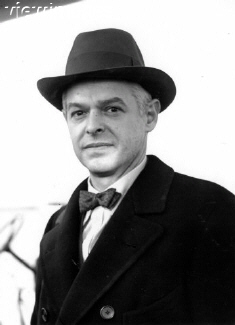Historians debate an appropriate starting point for the onset of
the Cold War; and this debate, in many ways, provides an opening for any
study of the Cold War. Authors such as David
Foglesong and William
Appleman Williams trace the beginning to the US
intervention in the Russian civil war; still others point to the domestic
anti-radicalism of the first Red Scare and the 1920s.
Those who pin the start to the post-World War II period divide
largely into three camps. New Left historians, such as Walter
LaFeber but most outspokenly Bruce Cumings of the University of Chicago,
see US policies as primarily responsible for the onset of
tensions. They argue that the US acted in such a way that created
fears of encirclement by the Soviet Union, and the Soviets responded
defensively by consolidating their position in Eastern Europe.
This viewpoint has been most passionately challenged by Yale
University historian John Lewis Gaddis,
who sees Soviet actions in general and the decisions of Josef Stalin in
particular as the driving force behind the postwar tensions. In
recent years, Gaddis has pointed to a large batch of Eastern
bloc documents that bolster his view.
Taking a position somewhere in the middle is the author from whom
we read for the next week, University of Virginia historian Melvyn Leffler,
who has argued in two recent books that the war resulted mostly from a
combination of the domestic institutional situations in both nations and
balance-of-power forces, in which both the US and USSR were drawn into a
power vacuum in central Europe. |
